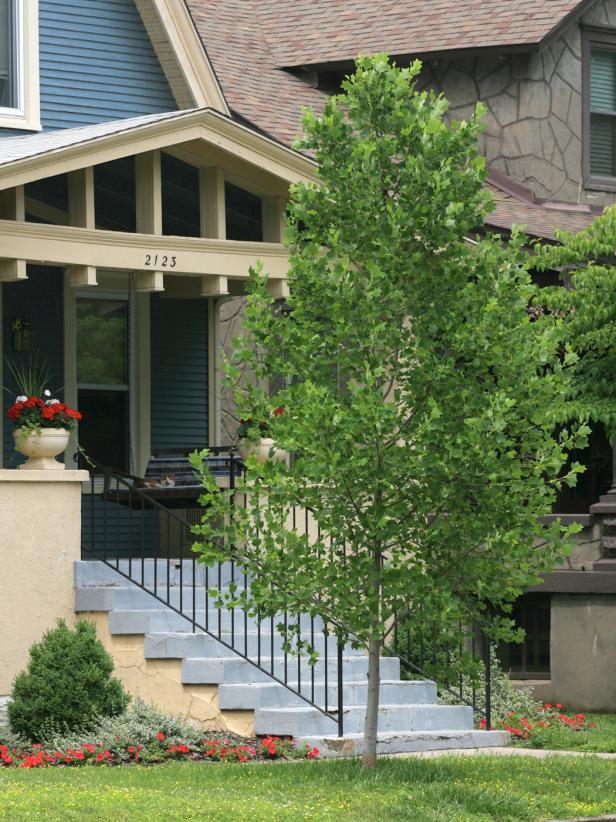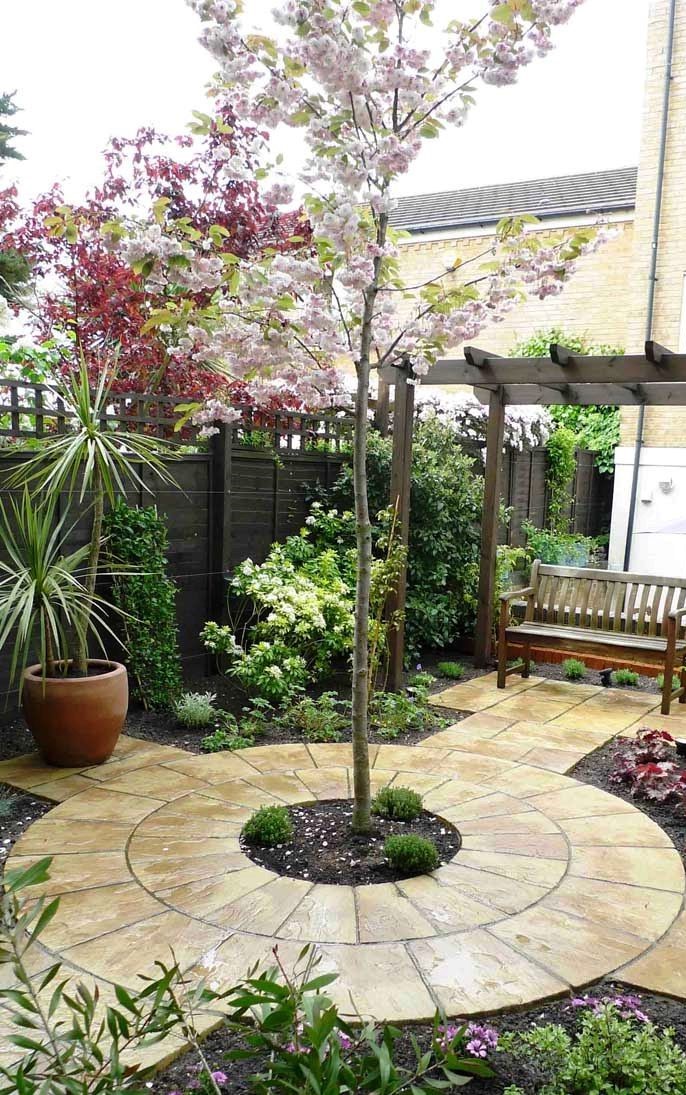Why Small Trees are a Big Deal for Small Yards
When it comes to landscaping a compact outdoor space, small trees can be a game-changer. Not only do they provide a sense of scale and proportion, but they also offer a multitude of benefits that can enhance the overall aesthetic and functionality of your small yard. One of the most significant advantages of small trees is their space-saving nature. By selecting a tree that is specifically bred for compact growth, homeowners can enjoy the beauty and shade of a tree without sacrificing precious square footage. Additionally, small trees require less maintenance than their larger counterparts, making them an ideal choice for busy homeowners or those with limited gardening experience. Furthermore, small trees can add a touch of elegance and sophistication to even the smallest of yards, making them a valuable investment for homeowners looking to increase their property’s curb appeal. With the right selection and care, small trees for small yards can become a stunning focal point that brings joy and serenity to your outdoor space. By incorporating small trees into your landscape design, you can create a beautiful and functional outdoor oasis that complements your home’s unique character.
How to Select the Ideal Small Tree for Your Yard’s Unique Conditions
Selecting the perfect small tree for your compact outdoor space requires careful consideration of several key factors. Climate, soil type, sunlight, and desired growth rate are all crucial elements to research and understand when choosing a small tree for small yards. For instance, if you live in a region with hot summers, you may want to opt for a tree that is heat-tolerant and drought-resistant. Similarly, if your yard receives partial shade, you’ll want to select a tree that thrives in low-light conditions. By understanding the specific needs of your yard, you can narrow down your options and find the ideal small tree that will flourish in your unique environment. Additionally, consider the mature size of the tree and its growth rate to ensure it won’t outgrow your space. With so many varieties of small trees available, taking the time to research and understand their specific needs will pay off in the long run, resulting in a beautiful and thriving addition to your small yard.
Dwarf and Compact Varieties: Top Picks for Small Yards
When it comes to small trees for small yards, dwarf and compact varieties are an excellent choice. These trees are specifically bred for their compact growth habits, making them perfect for intimate outdoor spaces. One popular option is dwarf citrus trees, such as dwarf Washington navel oranges or dwarf Meyer lemons. These trees are not only compact, but they also produce delicious fruit and require minimal maintenance. Another top pick is compact ornamental cherries, which offer stunning spring blooms and attractive foliage. Miniature apple trees are also a great choice, providing a bountiful harvest in a small space. These trees are ideal for small yards, as they require minimal pruning and care. Other popular dwarf and compact tree varieties include dwarf Japanese maples, compact dogwoods, and miniature pear trees. When selecting a dwarf or compact tree, be sure to research its specific needs and growth habits to ensure it thrives in your small yard.
Small but Mighty: Ornamental Trees for Year-Round Interest
Small trees for small yards can provide year-round interest and beauty, even in the most compact of outdoor spaces. Ornamental trees are a great option, offering a range of attractive features that can enhance the aesthetic appeal of your yard. Flowering trees like dogwoods and cherry blossoms are a popular choice, providing stunning spring blooms that attract pollinators and add color to your yard. Trees with attractive bark or foliage, such as birch and Japanese maples, offer visual interest during the winter months when other plants may be dormant. Other ornamental trees, like crabapples and redbuds, provide a combination of spring flowers, summer foliage, and autumn color, making them an excellent choice for small yards. By selecting an ornamental tree that provides year-round interest, you can create a captivating outdoor space that is enjoyable throughout the seasons.
Space-Saving Strategies: Planting and Pruning for Small Yards
When it comes to small trees for small yards, planting and pruning techniques are crucial to maintaining the tree’s shape, size, and overall health. One effective strategy is espaliering, which involves training the tree to grow flat against a wall or trellis, making the most of limited space. Topiary is another technique that involves pruning the tree into a decorative shape, adding visual interest to the yard. Pollarding, which involves pruning the tree to a single stem, can also be used to control the tree’s size and promote a bushy growth habit. Regular pruning is essential to maintain the tree’s shape and size, as well as promote healthy growth. By incorporating these space-saving strategies into your small yard design, you can create a beautiful and functional outdoor space that showcases the beauty of small trees for small yards.
Small Trees for Small Yards: Real-Life Success Stories
Small trees for small yards have been a game-changer for many homeowners, transforming compact outdoor spaces into beautiful and functional areas. Take, for example, the story of Sarah, who turned her tiny backyard into a serene oasis by planting a dwarf citrus tree. The tree’s compact size and low maintenance requirements made it the perfect choice for her small yard, and its fragrant blooms and juicy fruit have become a highlight of her outdoor space. Another inspiring example is John, who used a combination of small trees, including a compact ornamental cherry and a miniature apple tree, to create a stunning landscape design in his small front yard. The trees’ unique features and space-saving benefits have not only enhanced the aesthetic appeal of his property but also increased its value. These real-life success stories demonstrate the potential of small trees for small yards to transform outdoor spaces and improve lifestyles.
Common Mistakes to Avoid When Planting Small Trees in Small Yards
When it comes to planting small trees for small yards, it’s essential to avoid common mistakes that can hinder the tree’s growth and overall success. One of the most critical mistakes to avoid is overcrowding, which can lead to competition for resources and increased risk of disease and pests. Another mistake is inadequate soil preparation, which can result in poor drainage, nutrient deficiencies, and root damage. Neglecting regular maintenance, including pruning and watering, can also have devastating consequences, such as uncontrolled growth, disease, and pest infestations. Additionally, failing to research and understand the specific needs of the tree, including its climate, soil, and sunlight requirements, can lead to poor performance and even tree death. By being aware of these common mistakes, homeowners can take steps to avoid them and ensure the success of their small trees for small yards.
Conclusion: Unlocking the Potential of Small Trees for Small Yards
In conclusion, small trees for small yards offer a wealth of benefits, from space-saving and low maintenance to aesthetic appeal and year-round interest. By carefully selecting the right tree for your compact outdoor space, considering factors such as climate, soil type, and sunlight, and employing space-saving strategies like espaliering and pruning, homeowners can unlock the full potential of small trees for small yards. Remember to avoid common mistakes like overcrowding and neglecting regular maintenance, and don’t be afraid to get creative and experiment with different tree varieties and designs. With the right approach, small trees for small yards can transform even the most intimate outdoor spaces into beautiful and functional areas that enhance your lifestyle and increase your property’s value.



:max_bytes(150000):strip_icc()/Crabapple-GettyImages-706367263-5b1ad9fb3037130036627ae6.jpg)

:max_bytes(150000):strip_icc()/great-trees-small-yards-4858775-1-347d005fa9384db98a6bac44553d3853.jpg)

/GettyImages-135598673-56cbda623df78cfb379fad38.jpg)